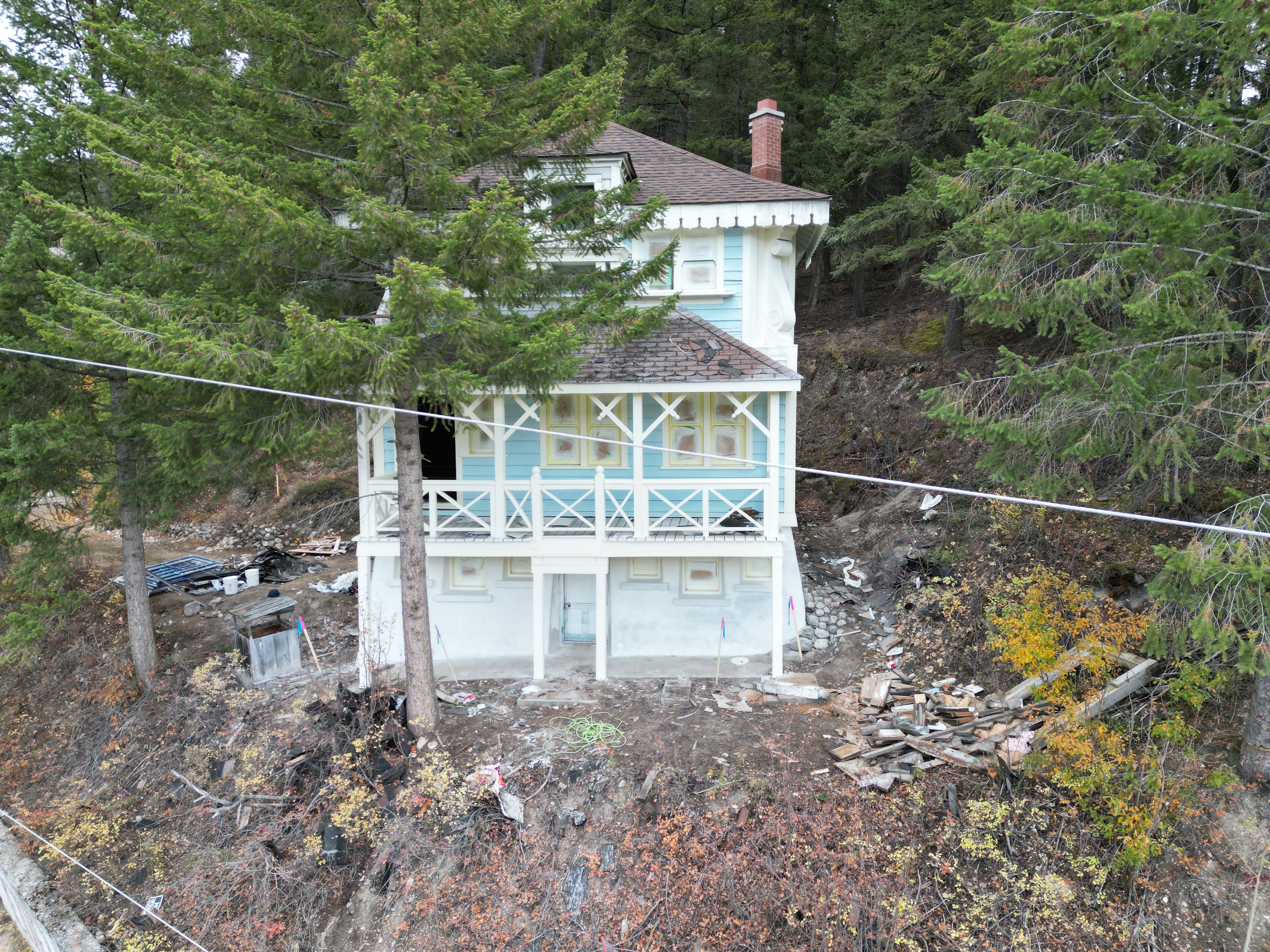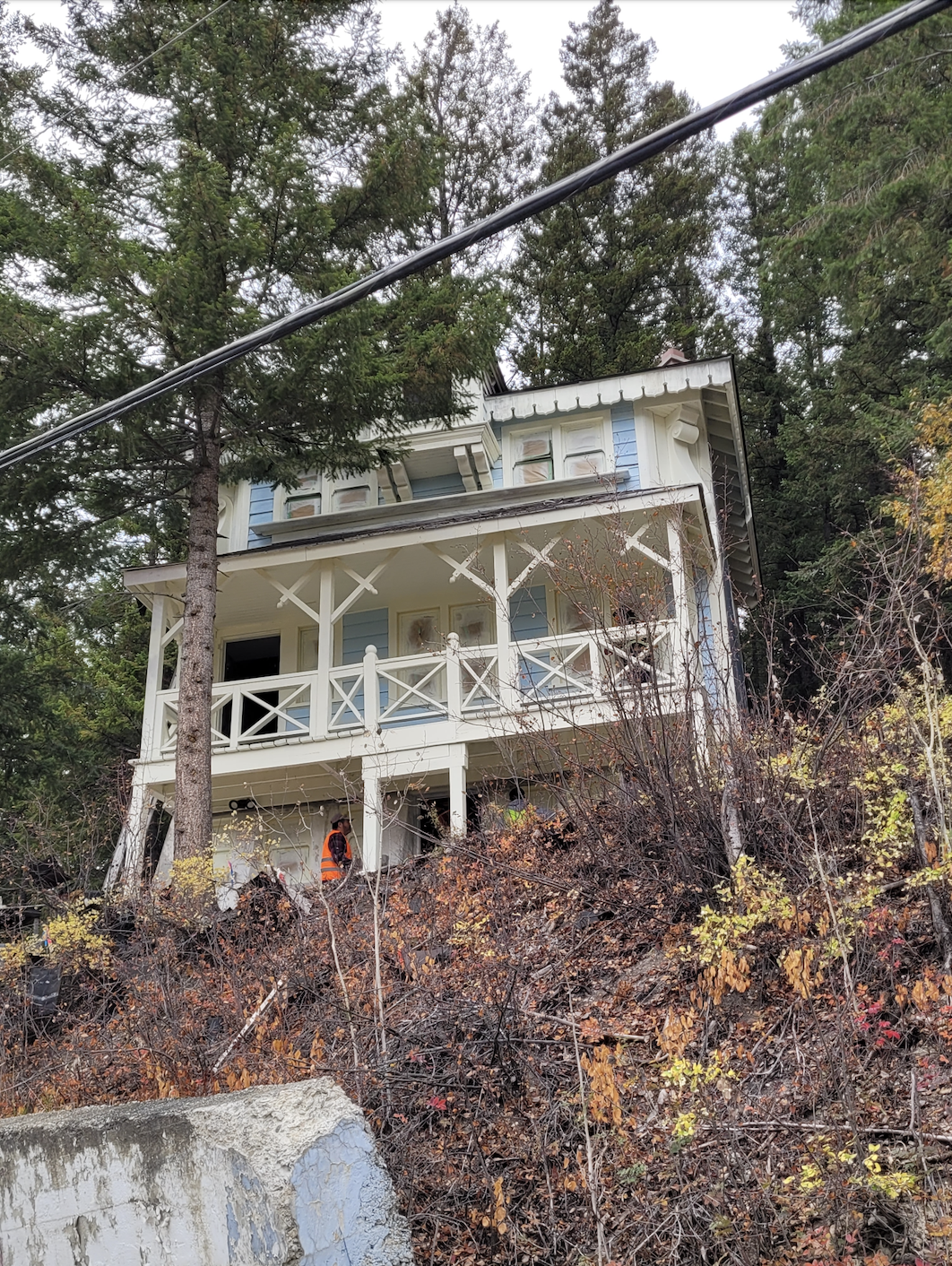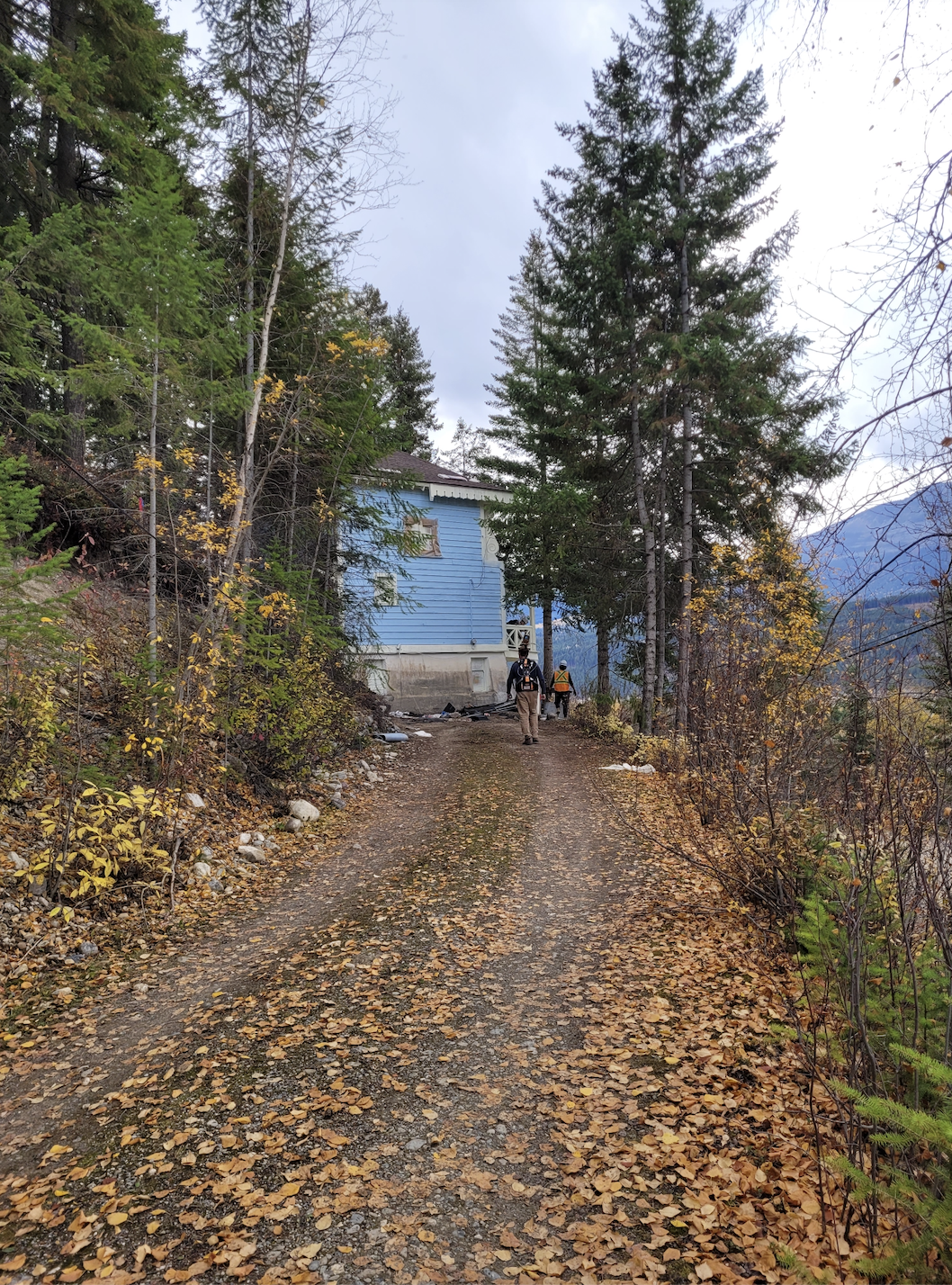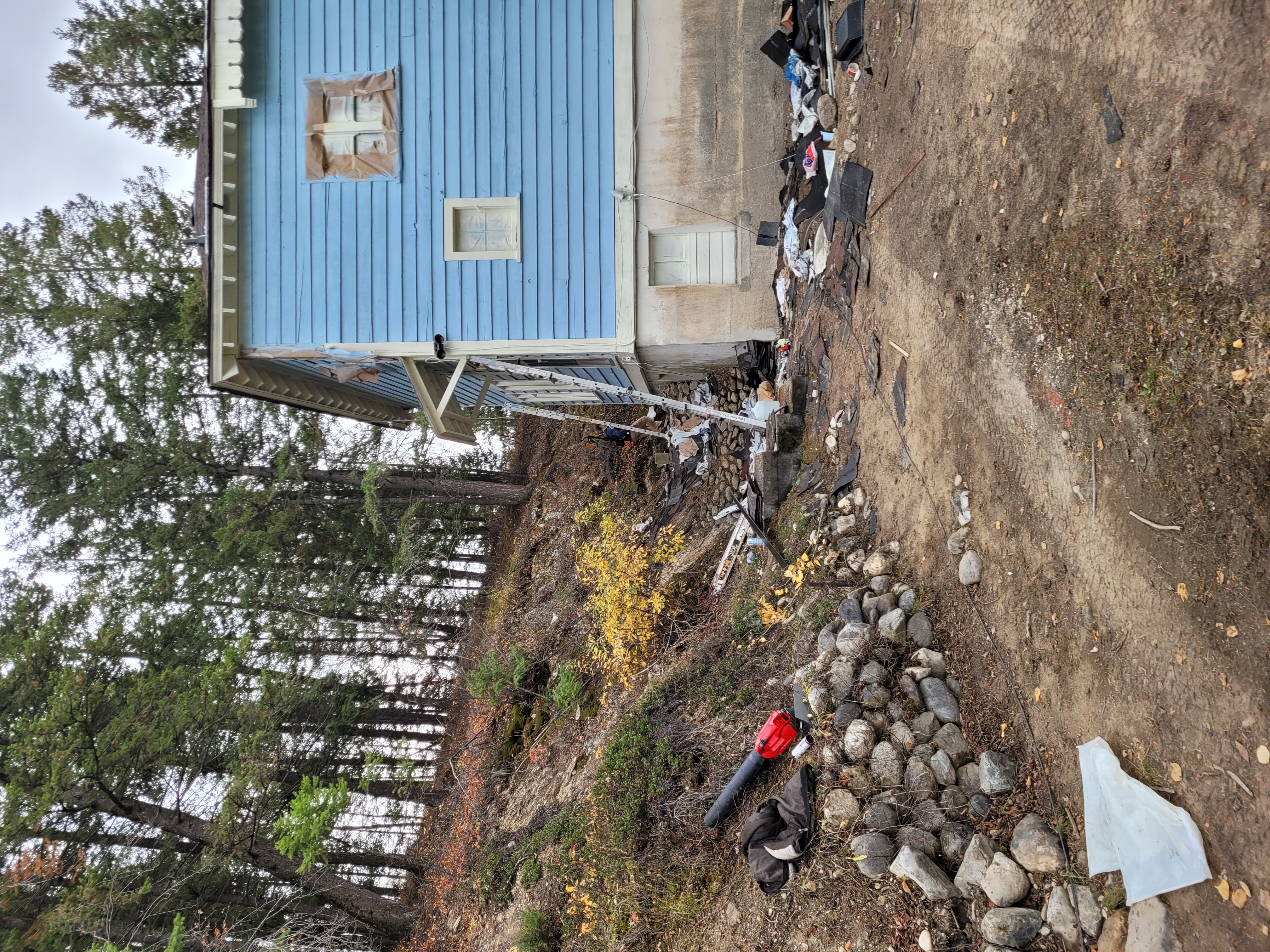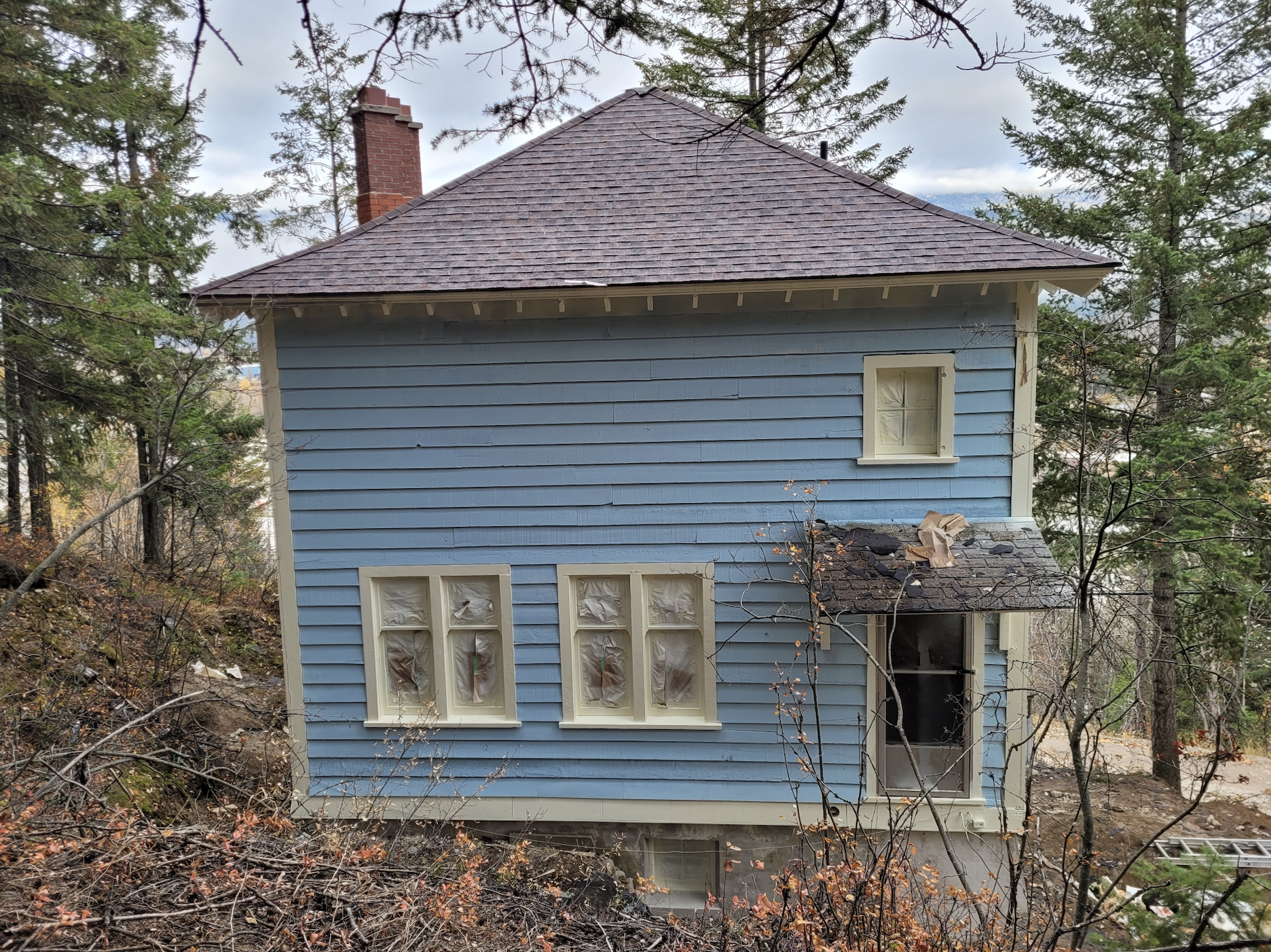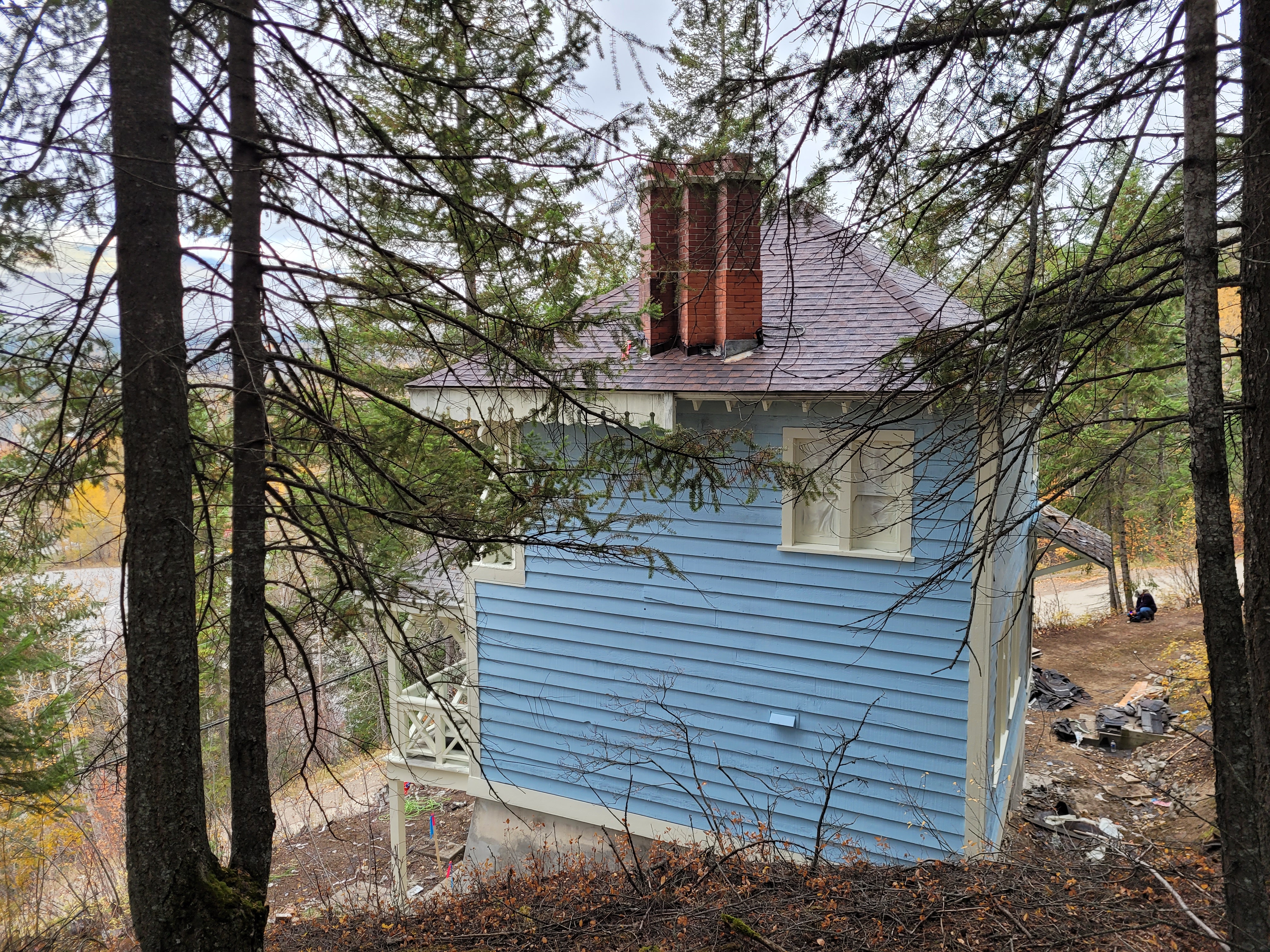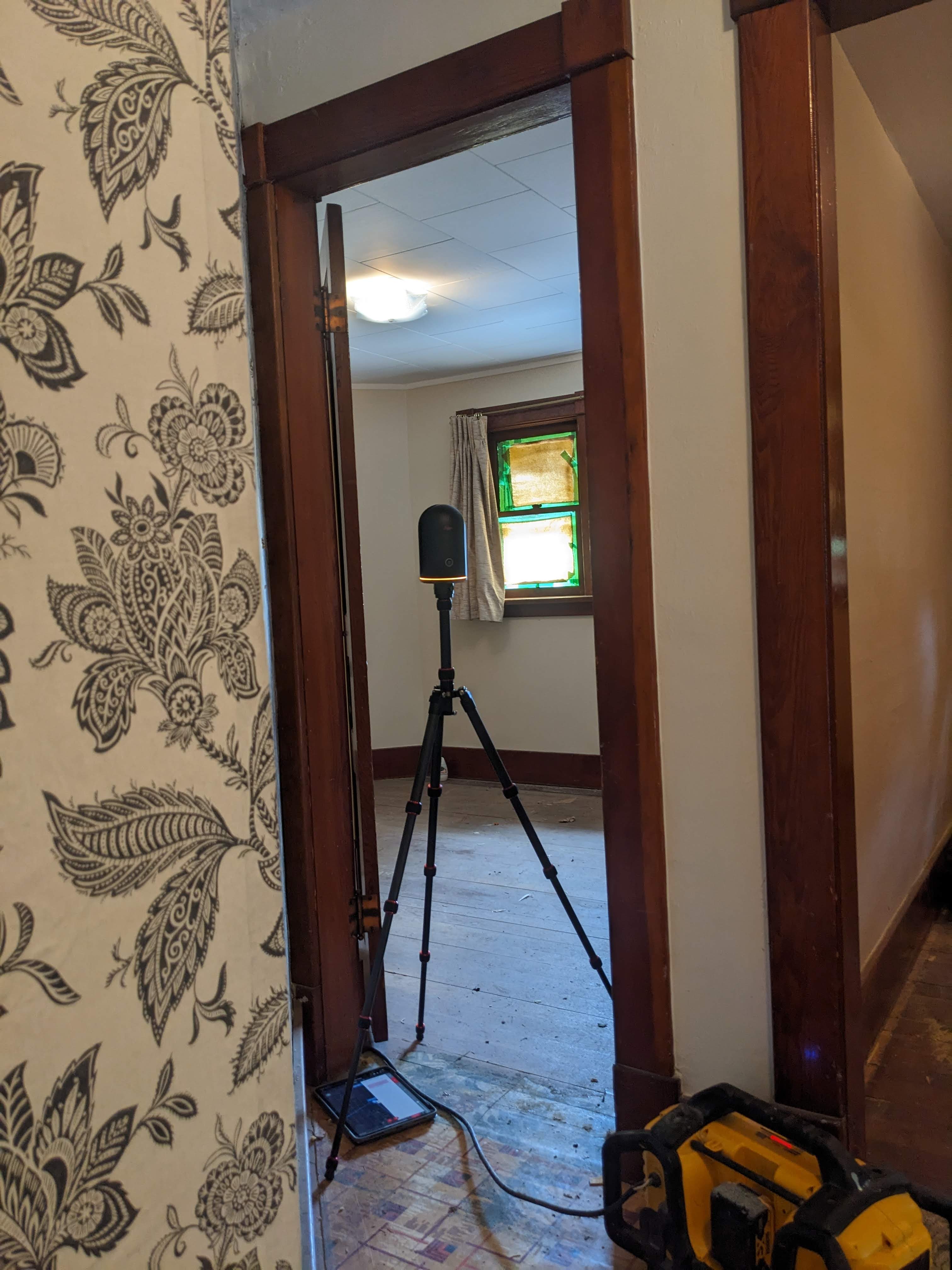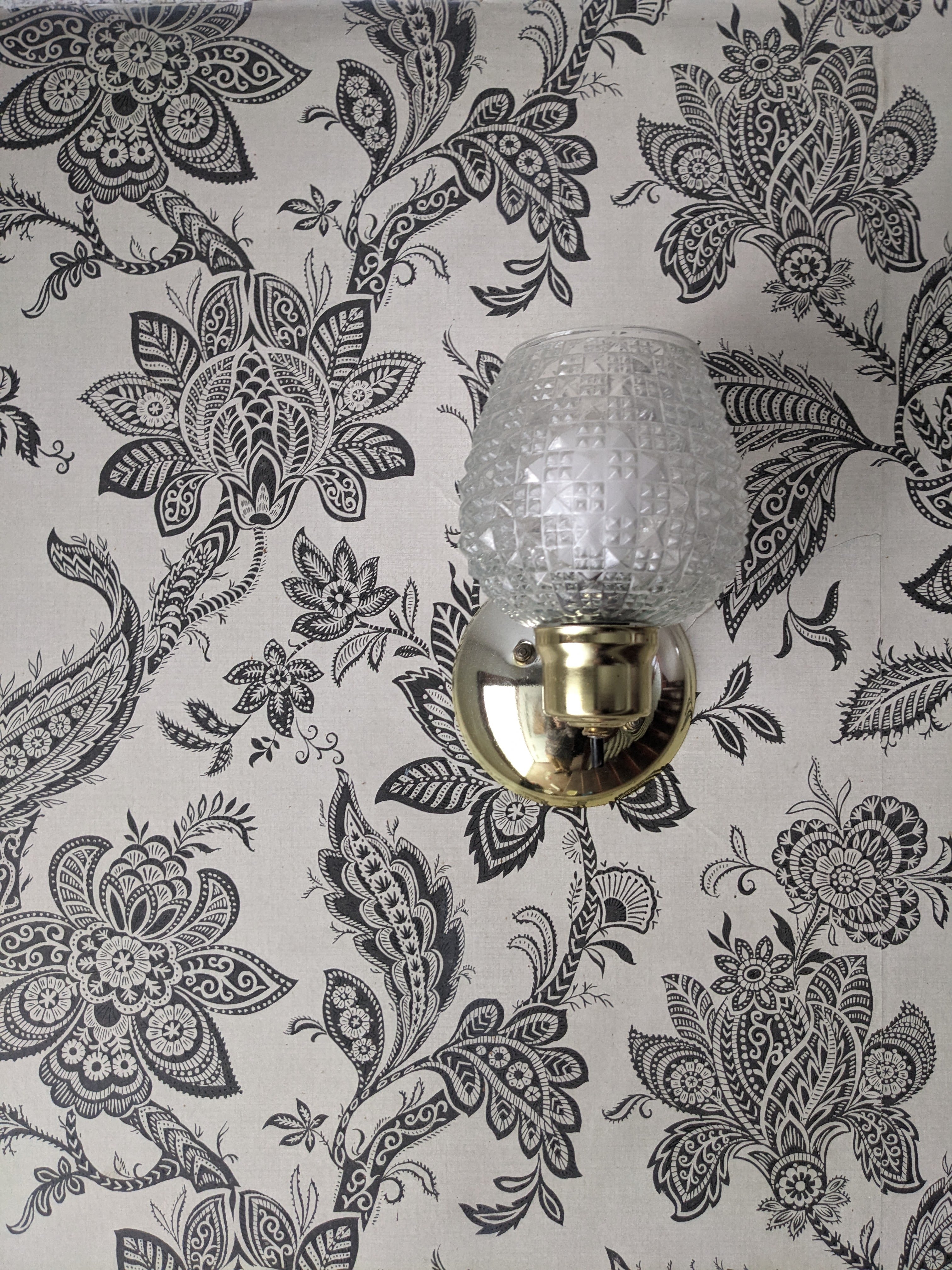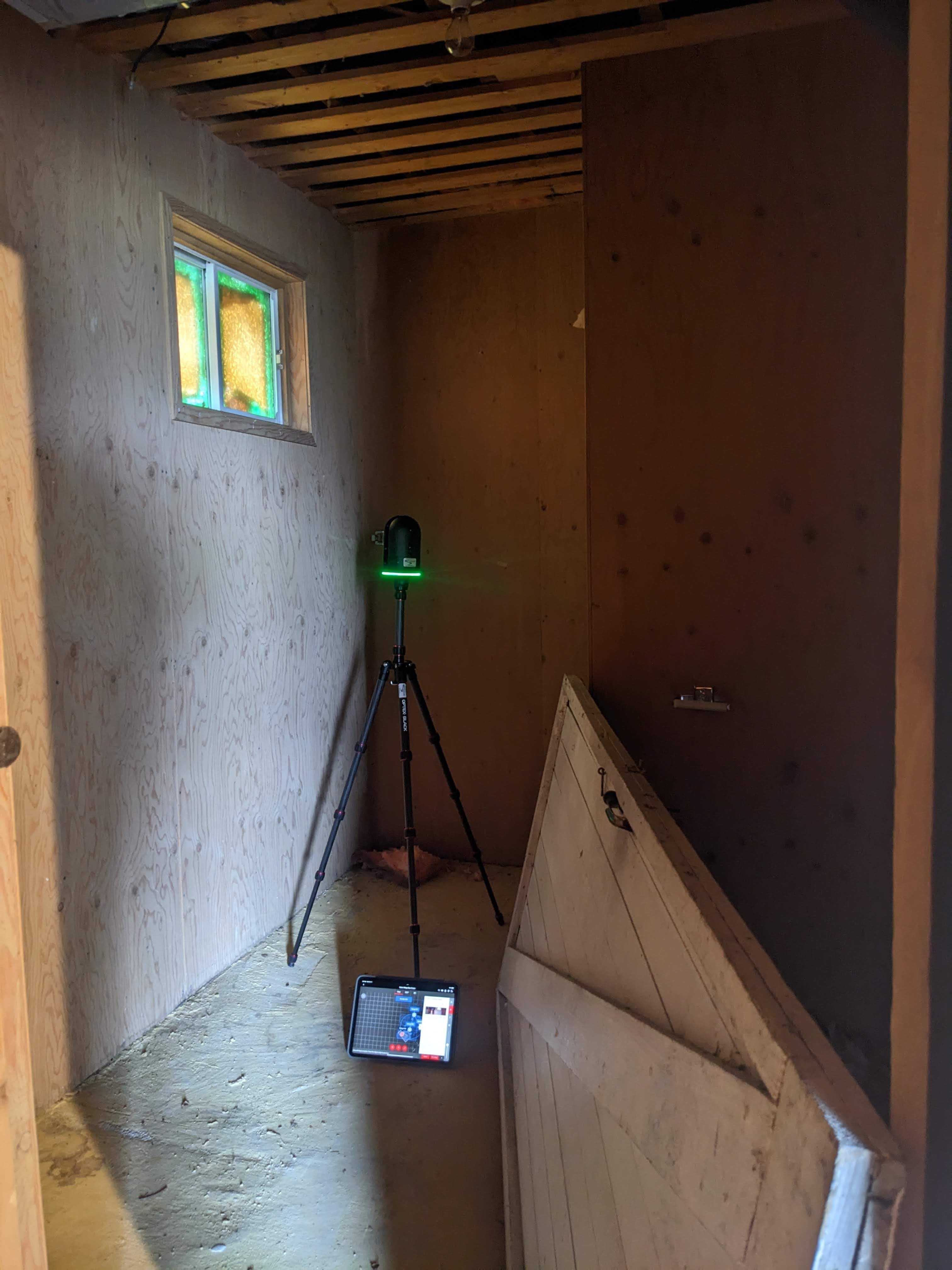
The Swiss Edelweiss Village is comprised of six chalets built between 1910-1912 by the CPR as permeant homes for six CPR-employed Swiss mountain guides. The residents included the brothers Edward Jr., Ernst and Walter Feuz, Christian Haesler Jr., Rudolf Aemmer and Christian Bohren with their families. It is currently unknown which guide lived in this chalet, but you can learn more about the history of the Swiss mountain guides the other chalets by exploring all of the Swiss Edelweiss Village pages.
The Golden Age of the Swiss Guides
Between 1899 and 1954, approximately 35 Swiss guides were employed by the CPR [1]. Known as the “Golden Age” of the Swiss guides in Western Canada, an entire mountaineering culture grew around the competent mountaineers, resulting in more than 250 first ascents by the guides and their clients by 1925” [2,3].
One of the most spectacular first climbs was the first ascent of Mt. Assiniboine (3618m), located today on the Alberta/British Columbia boarder about 25km east of the 93 highway at Kootenay Crossing, BC. Often referred to as the Canadian Matterhorn due to its steeply pointed peak, the first ascent of Mt. Assiniboine was in 1901 led by the Swiss guides Chris Haesler Sr., whose son would one day live in the Edelweiss Village, and Christian Bohern who would also move there just over a decade later [4, 5].
The Silver Axe of the Swiss Guides
Another incredible climb was from later in the Golden Age was the first ascent of Mt. Alberta (3619m) in 1925. This was a climb by the Japanese Alpine club led by Swiss guides Hans Hohley and Heinrich Fuherer. Mt. Alberta is the sixth highest peak in the Canadian Rockies, and its ascent is so difficult that no one would reach the summit again for 23 years [4,6]. The leader of the alpine club, Yuko Maki, left an ice ax in a summit cairn as proof of their accomplishment [6]. The story of the climb was well known, but the story of the ice ax would turn into near legend by the time another party climbed the mountain [6].
Local folklore around the ax grew until a story circulated that it was a pure silver ax that had belonged to the Japanese Emperor, brought up the mountain by the nation’s Rocky Mountain alpine club! It was not until 1948 when an American party of mountaineers made it up the mountain and discovered that it was not silver, but in fact of Swiss design [6].
Continue reading about the Edelweiss Swiss Village.
[Read previous].
Notes
This site is located on the traditional unceded territory of the Ktunaxa and Secwepemc peoples, and the chosen home of the Métis Nation Columbia River Society and other diverse Indigenous people. We acknowledge the many First Nations, Métis and Inuit who have lived in and cared for these lands for generations. We are grateful for the traditional Knowledge Keepers and Elders who are still with us today and those who have gone before us. We make this acknowledgement as an act of reconciliation and gratitude to those whose territory we reside on or are visiting.
This page was written in part by Dr. Ilona Spaar.
[1] Spaar, Ilona, author.
[2] Sandford, Robert W. 1999, High Ideals. Canadian Pacific’s Swiss Guides 1899-1999. The Alpine Club of Canada & Canadian Pacific Hotels.
[3] Scott, Chic 2000, Pushing the Limits. The Story of Canadian Mountaineering. Rocky Mountain Books.
[4] Spaar, Ilona. Swiss Guides: Shaping Mountain Culture in Western Canada. The Consulate General of Switzerland Vancouver, Initial Print & Copy Center, Vancouver BC.
[5] Boles, G. 2015. Mount Assinaboince. The Canadian Encyclopedia. Electronic document, https://www.thecanadianencyclopedia.ca/en/article/mount-assiniboine, accessed September 5, 2024.
[6] Campbell, M. 2018. Rockies History: Mount Alberta’s Silver Ice Axe. The Alpine Club of Canada. Electronic document, https://blog.alpineclubofcanada.ca/blog/2018/8/13/flatbloc-festival, accessed September 3, 2024.


